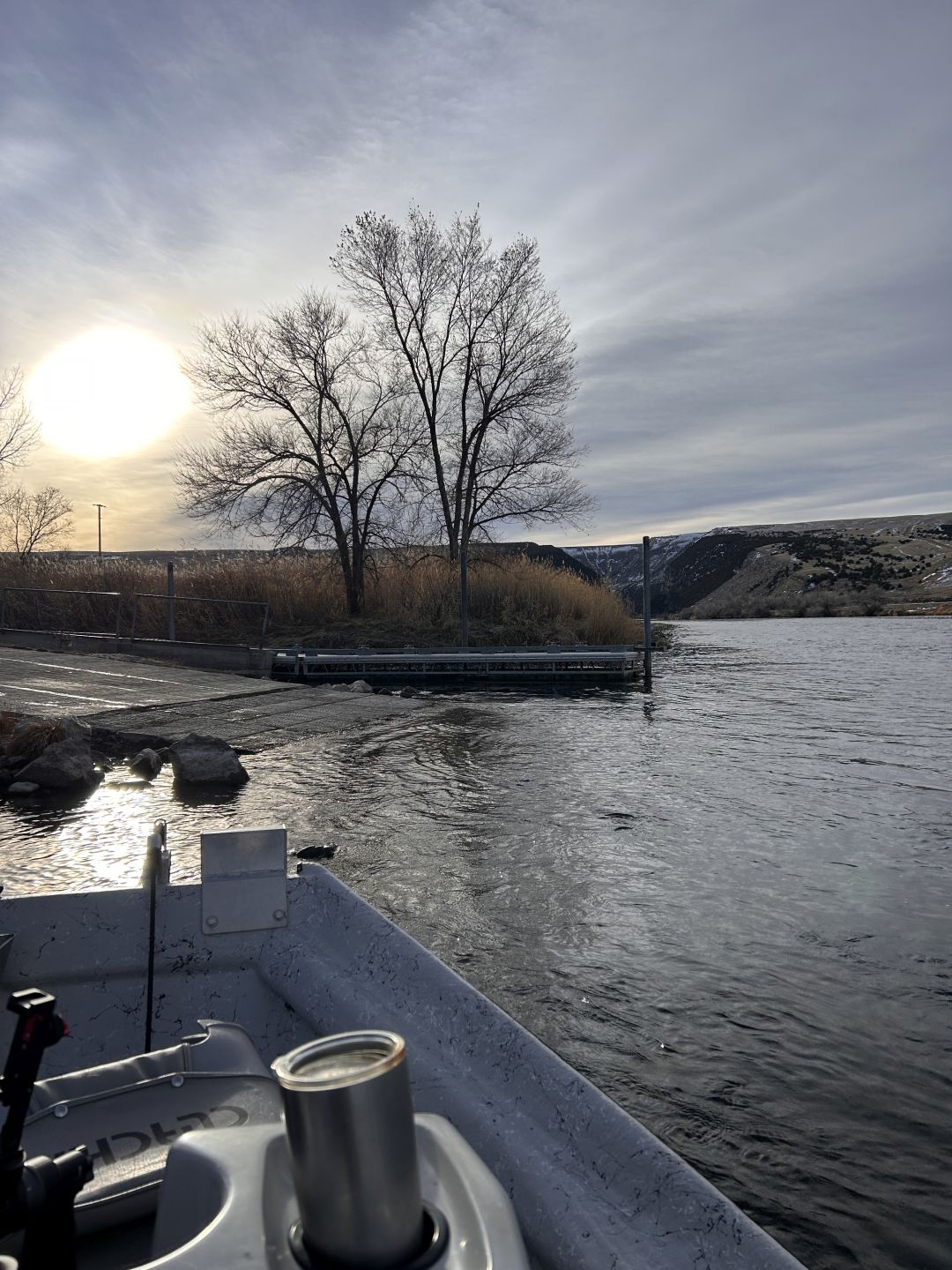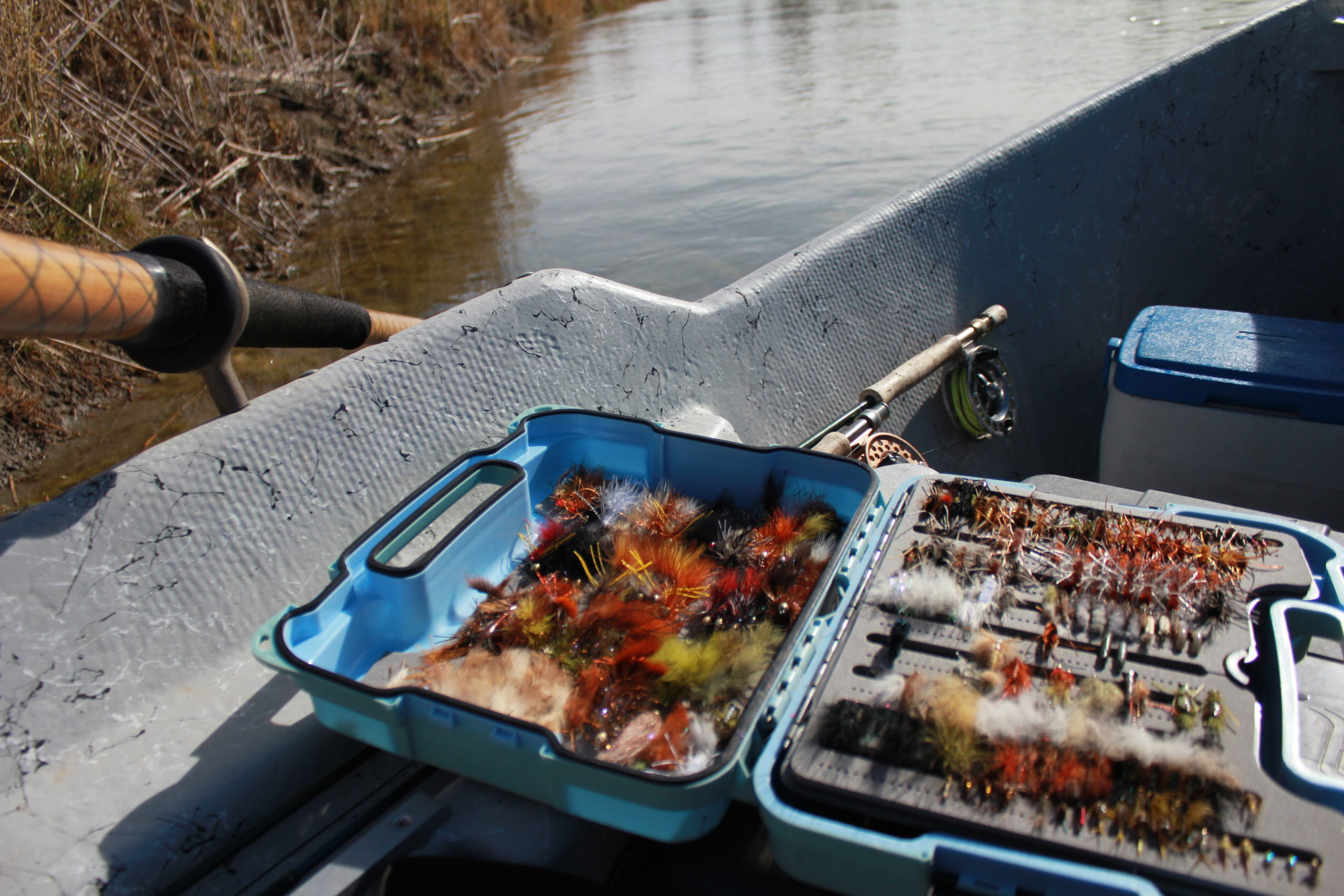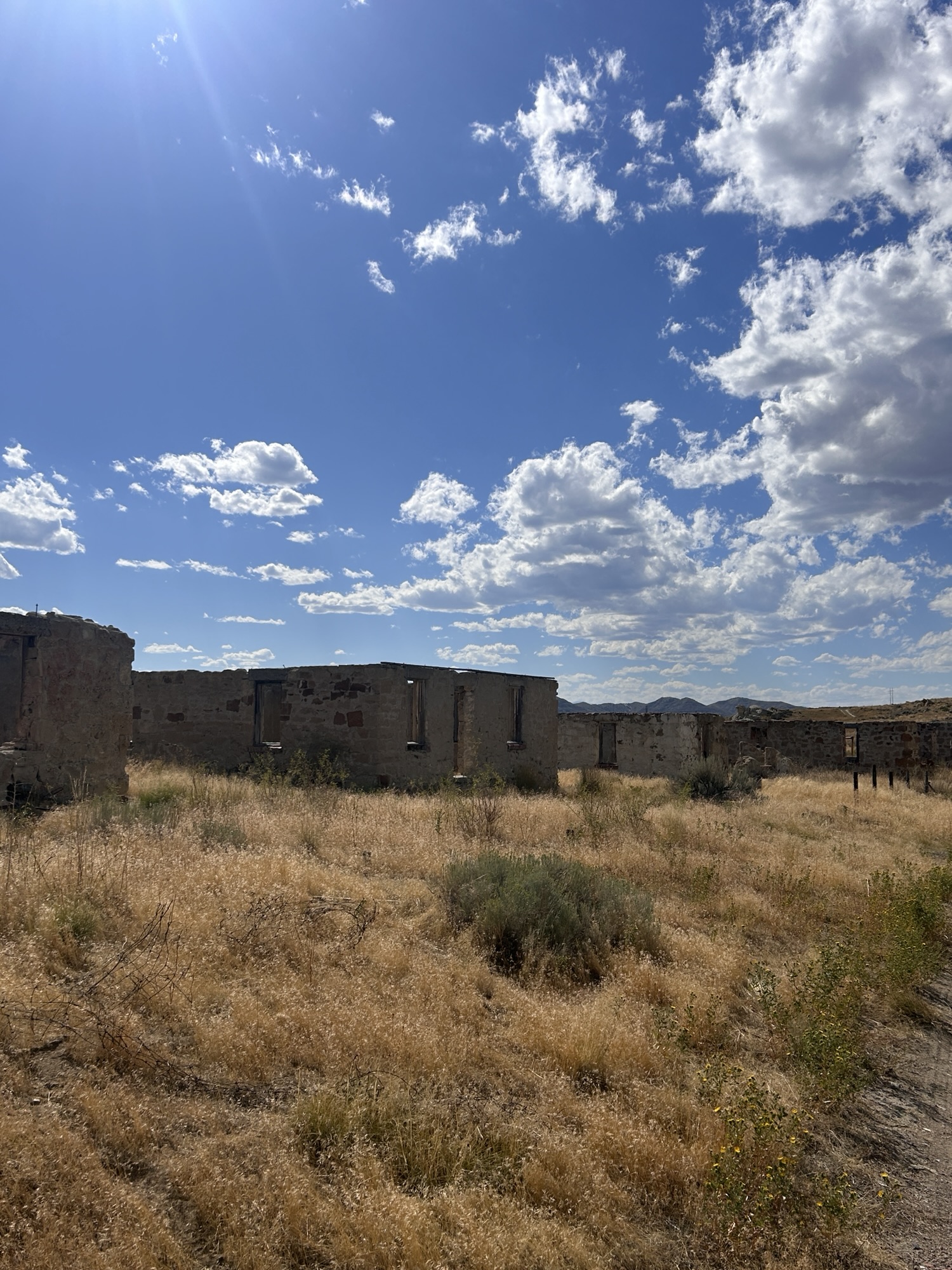10 Fly Casting Techniques That Will Instantly Boost Your Skills!
There’s something magical about a perfectly executed fly cast. The way the line unfurls over the water and the fly lands exactly where you want it—that’s the moment we all chase. But fly casting isn’t just about the aesthetics; it’s a skill that can make or break your success as an angler.
Whether you’re just starting out or have years of experience, mastering a variety of casting techniques can elevate your game. In this guide, we’ll explore ten essential fly casting techniques to help you improve accuracy, gain distance, and tackle challenging fishing conditions.
1. The Overhead Cast
Let’s start with the classic overhead cast—it’s the bread and butter of fly fishing. If you can’t get this one down, you’re going to struggle with everything else.
Why It’s Important
The overhead cast is your foundation. It’s what you’ll use most often when there’s plenty of room behind you.
Tips for Success
- Focus on Timing: One of the biggest mistakes anglers make is rushing. Wait for your line to fully extend behind you before moving the rod forward.
- Use Your Wrist Sparingly: Keep your wrist stiff and let the power come from your arm and shoulder.
Personal Anecdote:
I remember my first trip to Montana—it was a wide-open meadow, perfect for practicing my overhead cast. I quickly learned that the slightest flick of the wrist would send my line into chaos. By the end of the day, I had a sore shoulder but a newfound appreciation for timing and control.
2. The Roll Cast
The roll cast is your go-to when there’s no room for a backcast—think overhanging trees or tight riverbanks.
How It Works
The roll cast relies on the tension of the line on the water to create the energy for the cast. Instead of a traditional backcast, you bring the line behind you in a sweeping motion and roll it forward.
Key Tips
- Keep your rod tip high during the sweep.
- A smooth, deliberate motion is better than a quick flick.
Pro Tip: Practice your roll cast on still water to get a feel for the motion without worrying about current interference.
3. The Double Haul Cast
The double haul is the secret weapon for casting long distances and battling the wind.
Why It’s a Game-Changer
By adding a haul (a quick pull on the line) during both the backcast and forward cast, you increase line speed and distance.
How to Master It
- Start by practicing the single haul to get comfortable with the motion.
- Focus on syncing your haul with the movement of your rod.
- Don’t overthink it—smoothness is more important than force.
Personal Anecdote:
On a windy day in Florida, I struggled to reach the feeding redfish with a regular cast. A fellow angler showed me the double haul, and it was like unlocking a new level in a video game. With practice, I was hitting targets 60 feet out, even in a stiff breeze.
4. The Sidearm Cast
When you’re fishing under trees or along rocky banks, the sidearm cast is a lifesaver.
When to Use It
This low-trajectory cast helps you avoid obstacles and keeps your line below the wind.
Tips for Getting It Right
- Lower your casting plane to the side, keeping the rod parallel to the water.
- Focus on keeping your loops tight to avoid snags.
Pro Tip: Use the sidearm cast to sneak up on spooky fish. The lower line trajectory is less likely to scare them off.
5. The Reach Cast
The reach cast is a precision tool for achieving the perfect drift.
Why It’s Useful
This cast allows you to position your line upstream or downstream of your fly, ensuring it drifts naturally with the current.
How to Do It
- As your line is extending forward, move your rod tip laterally in the direction you want the line to land.
- It’s all about timing—start the reach motion as the line unfurls.
Pro Tip: Use the reach cast when targeting trout in tricky currents where a drag-free drift is essential.
6. The Bow and Arrow Cast
This technique is exactly what it sounds like—a quick shot when there’s no room for any kind of cast.
When to Use It
Perfect for tiny creeks and dense cover, the bow and arrow cast lets you deliver a fly with pinpoint accuracy.
Steps to Execute It
- Hold the fly in one hand and pull the line taut like a bowstring.
- Point the rod at your target and release the fly.
Personal Anecdote:
I used the bow and arrow cast on a secluded mountain stream in Colorado. It felt a little ridiculous at first, but when I landed a wild brook trout in a space no wider than my rod, I was hooked.
7. The Snake Roll Cast
This elegant cast is both functional and fun.
When to Use It
The snake roll is great for repositioning your line without pulling it off the water entirely.
How It Works
Draw a circular motion with your rod tip to create a rolling loop that redirects your line.
Pro Tip: Practice the motion without a fly first to avoid accidental tangles.
8. Casting in Wind
Wind can be an angler’s worst enemy, but the right technique can turn it into a minor inconvenience.
Tips for Casting in Wind
- Tighten your loops by stopping your rod higher on the forward cast.
- Lower your casting plane when casting into a headwind.
- Use a double haul to generate extra line speed.
Personal Anecdote:
I once fished a saltwater flat where the wind was so strong, it felt like casting into a brick wall. After tightening my loops and adjusting my angle, I finally started getting my fly where it needed to be—and hooked into a gorgeous bonefish.
9. The Accuracy Cast
Accuracy is the difference between spooking a fish and catching one.
How to Practice
- Set up targets on your lawn or in a park.
- Practice casting at different distances and angles.
- Focus on smooth, controlled movements.
Pro Tip: Accuracy isn’t just about the cast—it’s also about positioning yourself correctly and reading the water.
10. Casting with Streamers
Casting streamers, especially heavy ones, requires a slightly different approach.
Why It’s Important
Streamers are often larger and heavier, making them harder to cast with finesse.
Tips for Streamer Casting
- Use a short, powerful stroke to load the rod.
- Focus on tight loops to reduce drag.
- Adjust your line and leader to handle the extra weight.
Final Thoughts
Mastering these ten fly casting techniques will make you a more versatile and effective angler. The key is practice—don’t be afraid to experiment and make mistakes. Fly fishing is as much about the journey as it is the catch.
So, grab your rod, head to your favorite water, and start casting like a pro. Tight lines!




